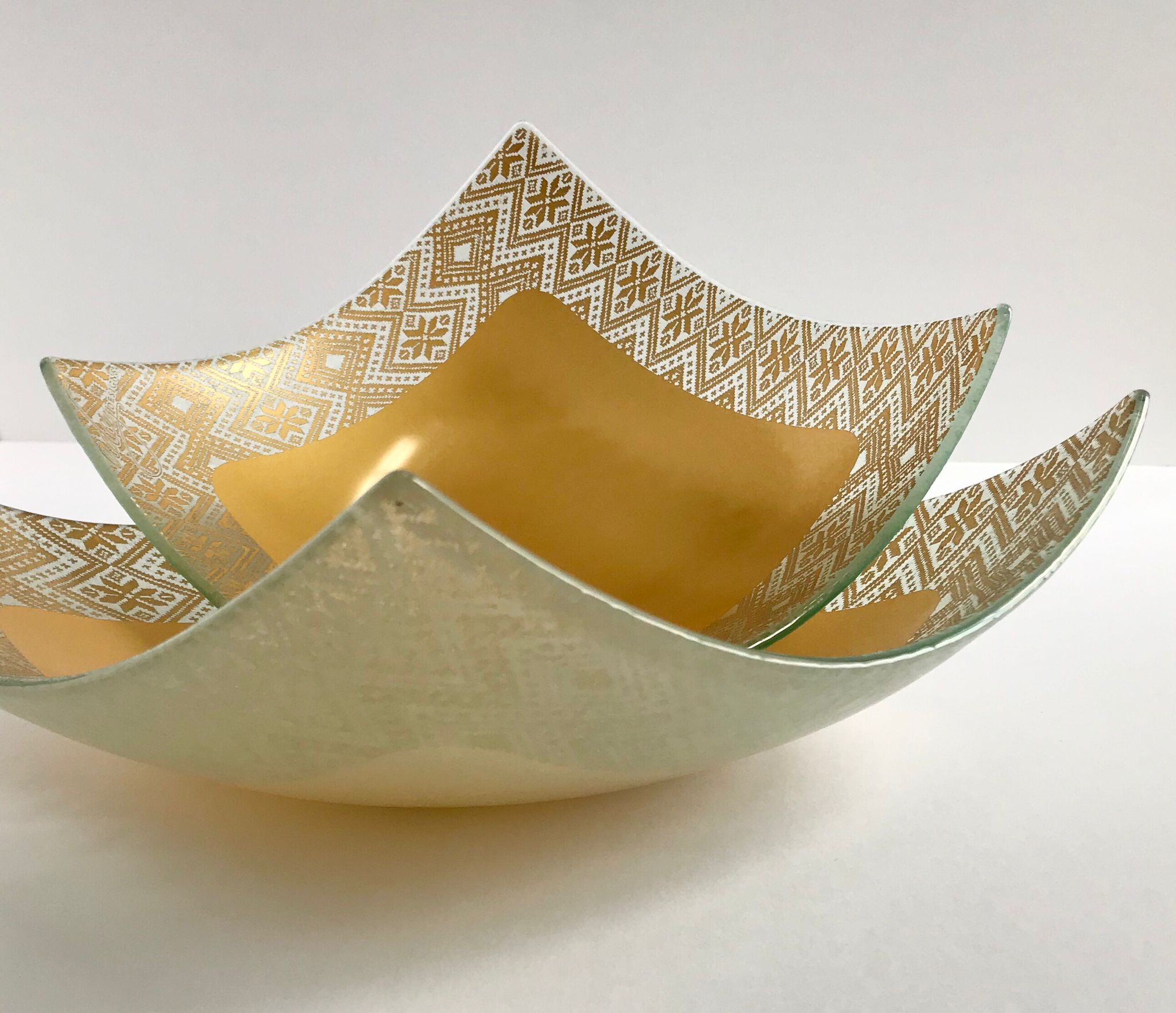Original Story Published by: Staff Writer, NCAT News, www.ncat.edu
Photo Source: Youtube.com
(Above) Thomas Day
University Galleries at North Carolina Agricultural and Technical State University, in partnership with the North Carolina Museum of History, will host the exhibition, “Thomas Day: African American Furniture Maker and His Artistry.”
The exhibit, which is free and open to the public, will run March 30 through Aug. 30, 2022. It will showcase 12 of Day’s furniture pieces spanning the 1830s to the 1850s from the permanent collections of the University Galleries and the North Carolina Museum of History.
Born in 1801 in Dinwiddie County, Virginia, Thomas Day was an African American furniture craftsman and cabinet maker in Milton, North Carolina. Day moved to North Carolina in 1817 and became a highly successful businessman, boasting the largest and most productive furniture workshop in the state by the 1850s.
“This exhibition will give the viewer a glimpse of an artisan of color over a century and a half ago and how he used his talents as an artist and craftsman for success,” said Paul Baker, Ph.D., director of the University Galleries.
Exhibit visitors will learn that Day’s life was centered on his artistic skill, but was also challenged with obstacles as a free man of color in the South. The son of affluent free parents, John and Mourning Day, Thomas Day received a private education. He learned the skill of furniture making along with his brother John Jr. from their father, who also ran a successful furniture business.
Day used his talents to overcome racial barriers in the early 19th century to become a successful artisan and entrepreneur. Many who owned Day’s furniture during that time saw it as a sign of wealth and prestige. He took popular Federal and Empire design styles of the time period and added his own motifs, creating unique and highly desirable pieces of furniture. Day’s workshop produced practical furniture pieces such as tables, beds and wardrobes but also produced architectural woodwork for wealthy homes and coffins and pews.
To read the full article, visit www.ncat.edu.









